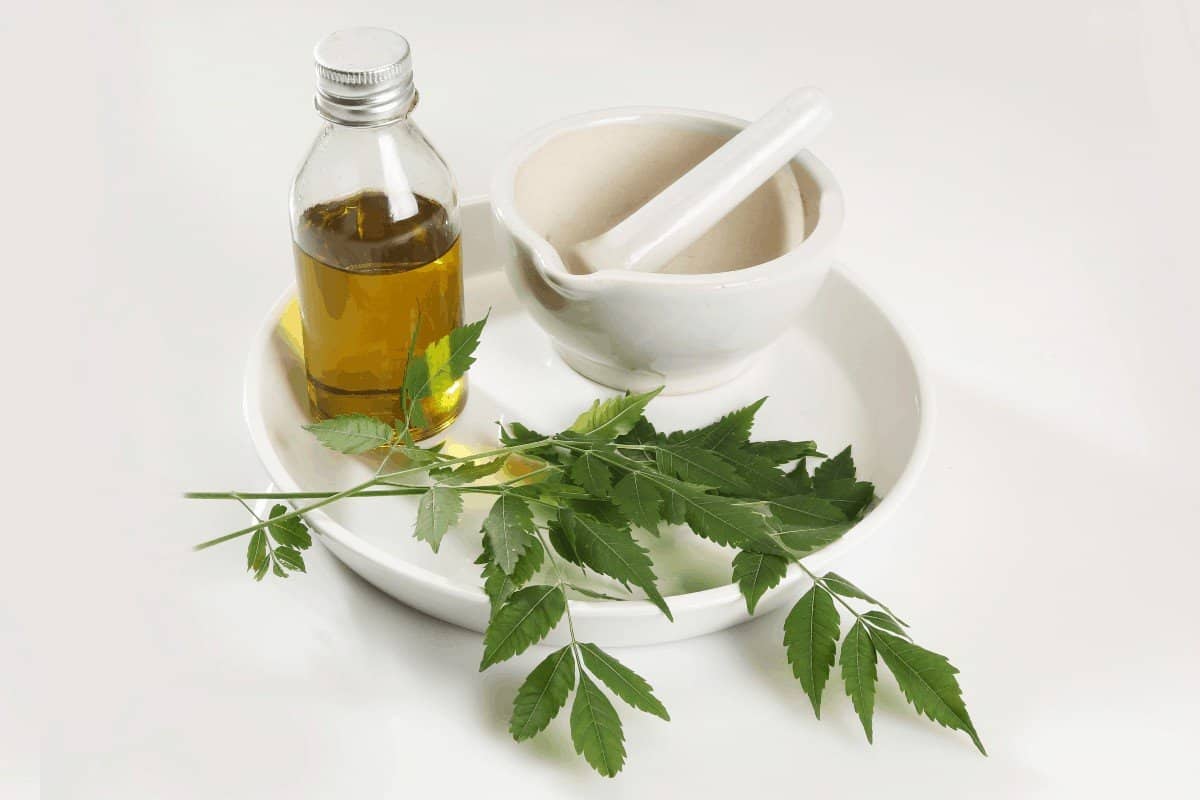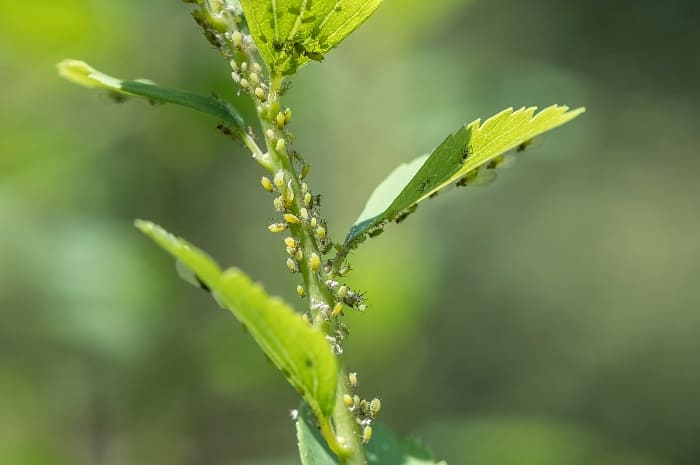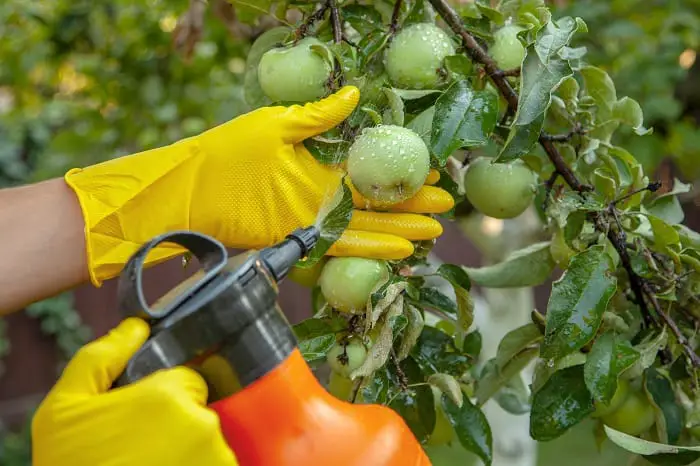After carefully tending to your garden for countless hours, experiment with different soil compositions and getting to know exactly what your preferred plants need, Spring is the most rewarding time of year. New leaves and sprouts are everywhere, while flowers bloom and fruit blossoms. It is an amazing spectacle of nature. God forbid something would stop these developments on their tracks. Well, aphids could. If you have ever experienced an aphid infestation you know exactly how much of a pest it can be. Here we present you with a few essential oils for aphids that can help you avoid industrialized solutions.
Table of Contents
What are Aphids?
Aphids are a type of insect that feeds on the sap of plants. There are a lot of different types of aphids, coming in all sizes and colors. From white and fluffy to black and shiny. They are also known as greenfly or blackfly.
They can feed on only one plant or many and often develop a mutualistic relationship with the so-called dairying ants. They tend them for their sweet honeydew, so they help protect them from predators.
Aphids are very destructive and can be very annoying to gardeners. The main problem is how they weaken the plant by sucking on its sap. So the plant appears to be dying when in fact it should be thriving.
They also act as a carrier for viruses while at the same time leaving honeydew deposits that favor the growth of sooty mold. This disfigures ornamental plants that are a favorite among household gardens.
Although their reproduction types are as varied as species come, not one aphid species reproduces solely by sexual means. This means that they do not need male and female to reproduce the colony, which makes it that much harder to get rid of them.
They also leave eggs during the winter, usually on perennial plants, so there is a risk of a pest resurgence in the Spring when the eggs hatch. This could happen although typically, aphids are birthed alive by their mothers.
How to Identify Aphids
Aphids have a pear-shaped body and they can be of green, red, brown and black coloring. This depends on the type of plant it feeds on, as different coloring can help to camouflage it from predators. They can also be wooly or waxy.
Although they are mainly wingless, some species have small wings and also some of them do develop wings to help spread the colony to another host plant. The colonies are usually dense and gather around the stems and leaves of the plant.
To help differentiate aphids from other types of insects or lone bugs, you can disturb the plant. As they tend to stay still when this happens -unlike other insect pests like grasshoppers-, it can be easier to remove or kill them.
How to Identify an Aphid Infestation
Although you may think it is easy to see the bugs if the colony is not very large the signs of infestation can be subtle.
The main sign is usually misshapen, stunted or yellowing leaves. If the plant produces fruit, this may be distorted and small. There can also be unusual insect activity from ants and other sources that want to feed from the leftover honeydew.
This honeydew can also bring fungi into the mix, causing a sooty mold problem as well. You will also be able to find a film of sticky residue on top of the plant’s leaves.
Make sure to check the underside of all leaves, as this is usually where aphids hide.
What are the Main Methods for Getting Rid of an Aphid Infestation?
If you grow your plants in a glasshouse, you could try bringing in another bug that feeds off of aphids, but this is hard to do. The main solutions include hosing them down, taking them out of the plant by hand and killing them with a herbal pesticide treatment.
You could also try other things, like covering your plant with diatomaceous earth that is a natural aphid repellent. If you can, you could try to grow onions in your garden as well.
All of these methods have pros and cons, but a great way of keeping aphids at bay is using essential oils.
Why use essential oils? Essential oils are environmentally safe, they will not cause any damage to your garden and are a gentle treatment. You can even use them in conjunction with other options such as the ones previously described.
Using Essential Oils to Get Rid of an Aphid Infestation
To get rid of your infestation, we recommend creating a spray. In it, you can use whatever essential oil you see fit.
You will need:
- 1 liter of warm water
- ⅛ of a teaspoon of gelatin
- 20 drops of the chosen essential oil
- a big enough spray bottle
Mix all the ingredients together in the spray bottle by shaking it.
To use it, make sure you spray it underneath every leaf, making sure the whole plant is coated. You should use it every other day until there are no more aphids on your plants. You should spray the plants in the evening, before the sunset.
Neem oil
This is a great choice as it is also a natural repellent for cabbage worms, beetles, caterpillars, and ants. It also has antifungal properties.
Garlic oil
As with onions, you can also plant garlic in your garden, but it may not be enough to ward the aphids off. Garlic is well known for its repellent properties and it may be of great help to use its oil as a spray.
Lavender oil
Lavender oil is gentler than neem or garlic, so you can use it twice a day to treat the infestation. The aroma will keep the aphids away.
Have you ever had an aphid infestation? How did you get rid of it? If you are dealing with one now, make sure you try some of our suggestions, they will help you greatly! Leave a comment below with your thoughts!


